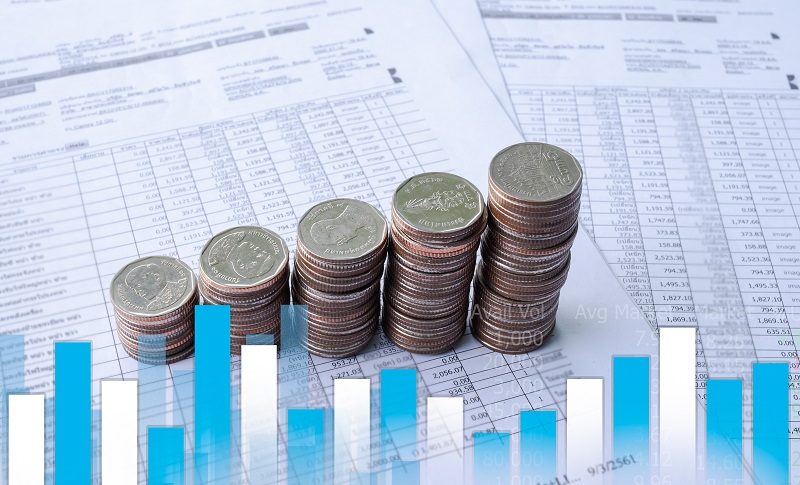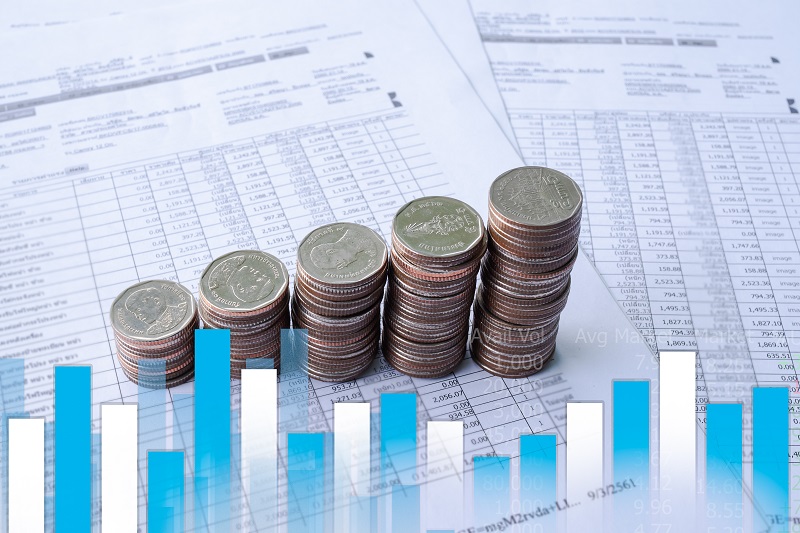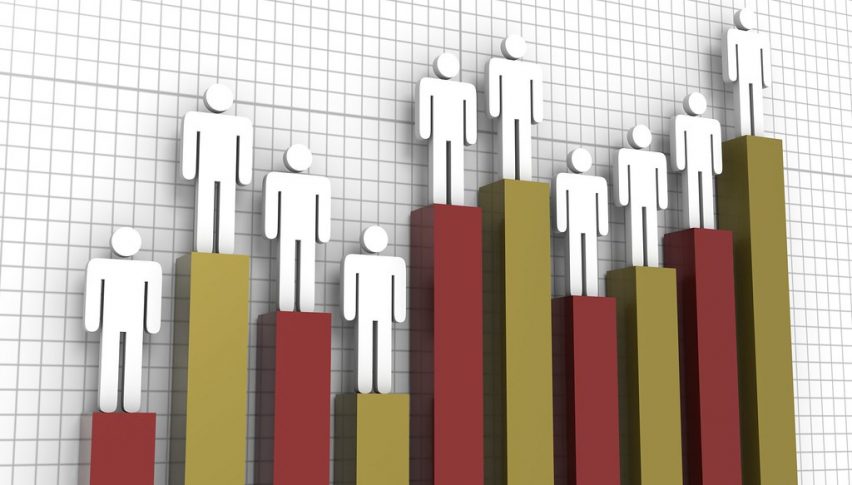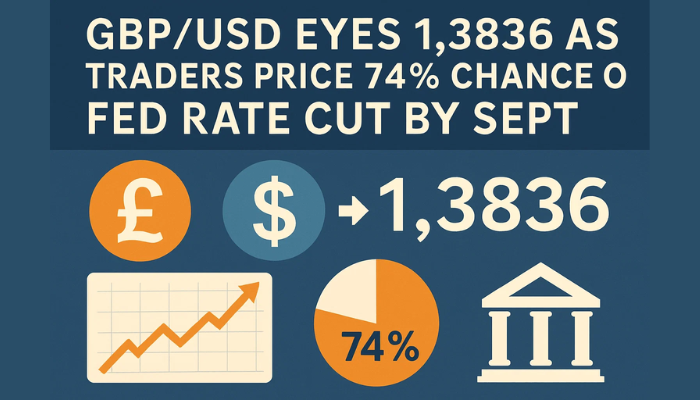Will GBPUSD Continue to Make Lower Highs As UK Inflation Falls?
GBPUSD has been bearish since the middle of June, but last week this pair consolidated above 1.26, as a sign that the decline might be over.

GBPUSD has been bearish since the middle of June, but last week this pair consolidated above 1.26, which is a sign that the decline might be over. However, the economic data in the UK is showing some weakness and inflation is falling, which have pushed the BOE to start giving some bearish signals.

The USD continues to find support due to a hawkish FED and by positive economic data, as evidenced by the strong US PMIs in June. However, there has also been some weakness, such as yesterday’s ISM manufacturing report, which showed further contraction in the sector. This mixed data keeps interest rate estimates steady at two cuts by the end of the year and supports risk sentiment as GDP accelerates without significant inflationary pressures.
GBP/USD Chart Weekly – The Stochastic Indictor Is Overbought
The GBP, on the other hand, has been under pressure since the BoE’s policy decision, which conveyed some dovish signals while leaving the door open for a rate cut in August. Fed officials stated last week that the central bank would need to see more significant decreases in inflation before taking action. These comments sparked a surge in the dollar against most currencies, but the GBP held its ground relatively well, with GBP/USD ending the week nearly unchanged.
However, the BoE appears to be shifting its stance. GBP/USD was bullish for two months until mid-June, but has since been making lower highs as the Bank of England begins to issue dovish signals. The highs for this currency pair are falling as the UK’s economic data weakens and inflation trends towards normal levels. Last month the BRC Shop Price Index continued the declining trend, falling to 0.6% YoY, which is pretty low.
BRC Shop Price Index
GBP/USD Live Chart
- Check out our free forex signals
- Follow the top economic events on FX Leaders economic calendar
- Trade better, discover more Forex Trading Strategies
- Open a FREE Trading Account



